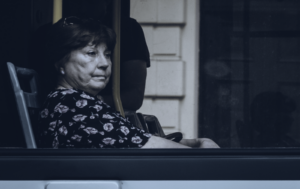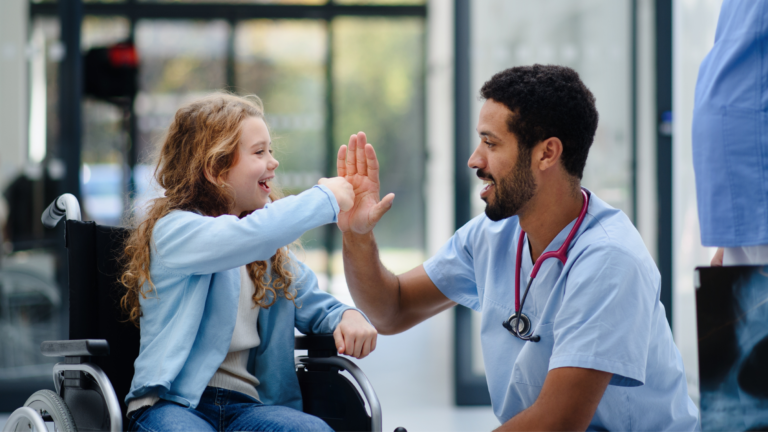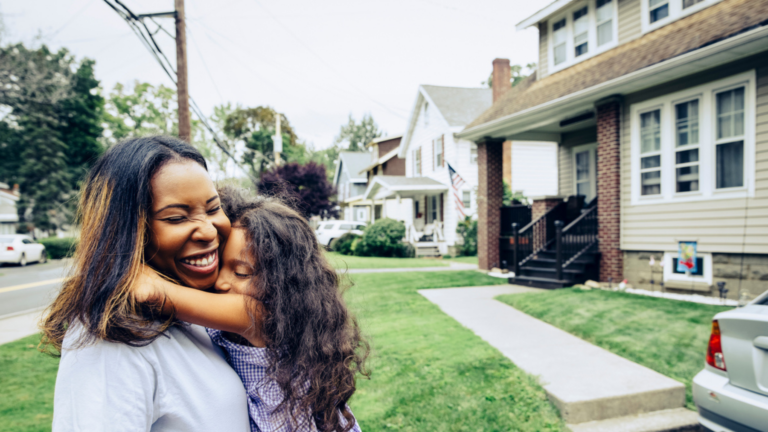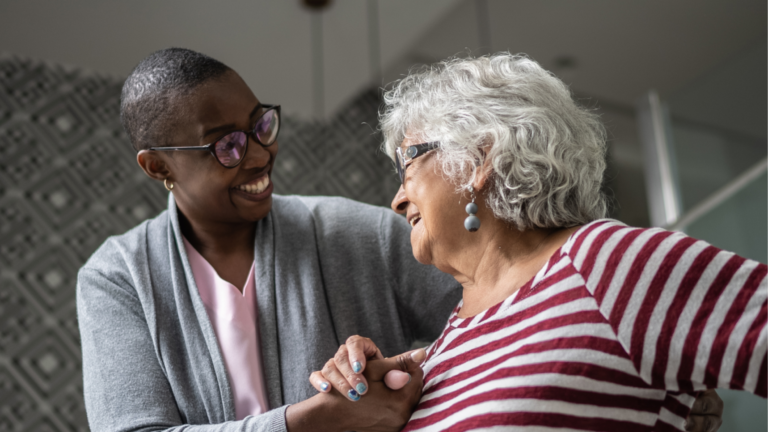
From Point A to B: Using Transportation Data to Effect Change
Get out of bed. Check the weather, grab an umbrella, and head outside. Raise the umbrella, walk about a quarter mile to the bus stop. After four minutes, lower into a seat near the front, ride for half an hourand exit the bus. Raise the umbrella, walk about half a mile to work. This is your commute, or, it could besomeone’scommute. Now, add achy kneesor a wheelchair. Add a child under five and a pit-stop at school. Add a physical or mental health concern and subsequent appointments at the health center. It’s difficult.
Unite Us analyzed the requests for transportation services in two cities: San Antonio, Texas and Hampton Roads, Virginia. The following data series illuminates what we already know — transportation is pivotal in a person’s quest for health and social services — and examines how can we actually use this data to make decisions at organizational, local, and state levels.
First stop: San Antonio, Texas.
Bexar County is considered mostly urban, with its center in San Antonio, the second largest city in Texas and one of the most automobile-dependent major cities in America. Without access to a car, a person might rely on friends, family, or VIA, the local public transportation network. However, despite its urban characteristics, Bexar County is sprawling, and VIA does not reach many fringe municipalities. Buses that do travel outside the city’s center stop at inconvenient 30-60-minute intervals and paratransit is provided by volunteer co-ops.
“Transportation is the key to everything else – if you can’t get to the Social Security Office or the VSO or the grocery store, any other services provided don’t do you any good.” – Don Teall, Call-4-Ride-Vets
Meanwhile, inside the Alamo Area Council of Governments (AACOG), Call-4-A-Ride Vets receives transportation referrals as part of TXServes,the local AmericaServes networkled by theInstitute for Veterans and Military Families (IVMF)at Syracuse University.Call-4-A-Ride Vets is a grant-funded program that enables veterans to request rides for medical appointments, grocery store trips, and social events and provides up to four free monthly bus passes. After reviewing the referrals and outcomes within this program, we can draw a few conclusions and begin to form solutions to the gaps in transportation access.
Co-Occurring Needs
- Most clients who requested transportation also requested another service.Since people consistently rely on transportation to access these other services, it deserves more permanent or government funding so its continuity is not dependent on an annual grant.
Age Differences
- Younger veterans more often request monthly bus passes, while older veterans request ride service.This should signal to VIA and policymakers that the demand for public transportation is there, but the cost of a monthly bus pass ($38.00) is prohibitive and may cause a delay in a person’s access to health care or securement of a job.
Bus Routes
- When comparing the VIA System Map to the most common zip codes of clients requesting transportation services, we notice very few bus routes, if any.Using this data, VIA could stand to expand bus routes and increase frequency to cover outlying neighborhoods.
63% of clients requesting transportation have other co-occurring needs.
97% of transportation requests are contingent on this program’s grant funding.
Next up: Hampton Roads, Virginia.
Three major rivers flow in Southeastern Virginia, splitting the Virginia Peninsula and South Hampton Roads to become the Chesapeake Bay, which ultimately meets the Atlantic Ocean. This region, known as Hampton Roads, faces transportation challenges as the cities of Newport News, Hampton, and Norfolk become more and more urbanized; though waterways, tunnel traffic, and tolls present obstacles for vehicle travel, navigating this area is markedly more difficult for people with disabilities and older adults who cannot drive. Hampton Roads Transit (HRT) has a fleet of more than 300 buses, 9 trains, and three ferries, but paratransit is only available within a ¾ mile radius of a bus route and is largely inflexible for its users.
The team at theUnited Way South Hampton Roads – Mission UnitedCoordination Center recognizes these gaps with respect to veterans, active duty military members, and their families – transportation is cited as the number one issue by many clients. Mission United received grant funding to supply rides to medical appointments when a natural partnership formed with a local Black and White taxi cab service: a veteran pays $3.00 for their ride, while half of the charge is covered by the taxi company and the remaining with Mission United grant funds. Digging deeper into the third most requested service in this network, we notice some important demographic trends that might lead to informed advocacy for improved transportation.
Time as an Obstacle
- Most clients live about 25 miles away from the VA Medical Center, which lies across the Bay in Newport News; it takes these clients 2-3 hours to attend a medical appointment via public transportation.
Age Differences
- Understanding the demographic breakdown of clients requesting transportation assistance – most of whom are over the age of 60 – may lend to a targeted resource development by Mission United’s network for the aging population in Hampton Roads.
People with Disabilities
- Over half of clients with a service-connected disability have a service-connected disability rating of 50% or higher, indicating a moderate to severe disability. As Hampton Roads improves its existing infrastructure and develops new bus and light rail routes, this community should be considered and included in transportation-related decision making.
86% of clients requesting transportation are over the age of 50
Third most requested service in this network is transportation
The bottom line: the data we capture is helping networks across the country get to where they want to be.
When considering the social determinants of health within a city or town, transportation becomes essential in enablingordisabling a person’s ability to access services and maintain independence in their community. In places where cars dominate, a community’s infrastructure must mold to those who cannot afford a vehicle or drive a car: if you cannot use a car to take you to work, doctor appointments, or social outings, your mobility is tethered to public transportation, friends, or family. Even in large cities with robust public transportation infrastructure, bus and train tickets costs and sparse or inaccessible transit options leave some to seek help from nonprofits and other overburdened public services.
We can use the information collected by these networks in Unite Us to highlightwhoneeds the most help in securing more sustainable transportation,whereexisting public transportation networks might expand, and justhowimproved access to transportation has and may continue to impact the lives of many.
To learn more about the network coordination centers, visit United Way South Hampton Roads – Mission United’s website.
Does your community want to measure and illuminate existing challenges in infrastructure and begin to advocate for change?
About Unite Us
Unite Us is the nation’s leading software company bringing sectors together to improve the health and well-being of communities. We drive the collaboration to identify, deliver, and pay for services that impact whole-person health. Through Unite Us’ national network and software, community-based organizations, government agencies, and healthcare organizations are all connected to better collaborate to meet the needs of the individuals in their communities.



